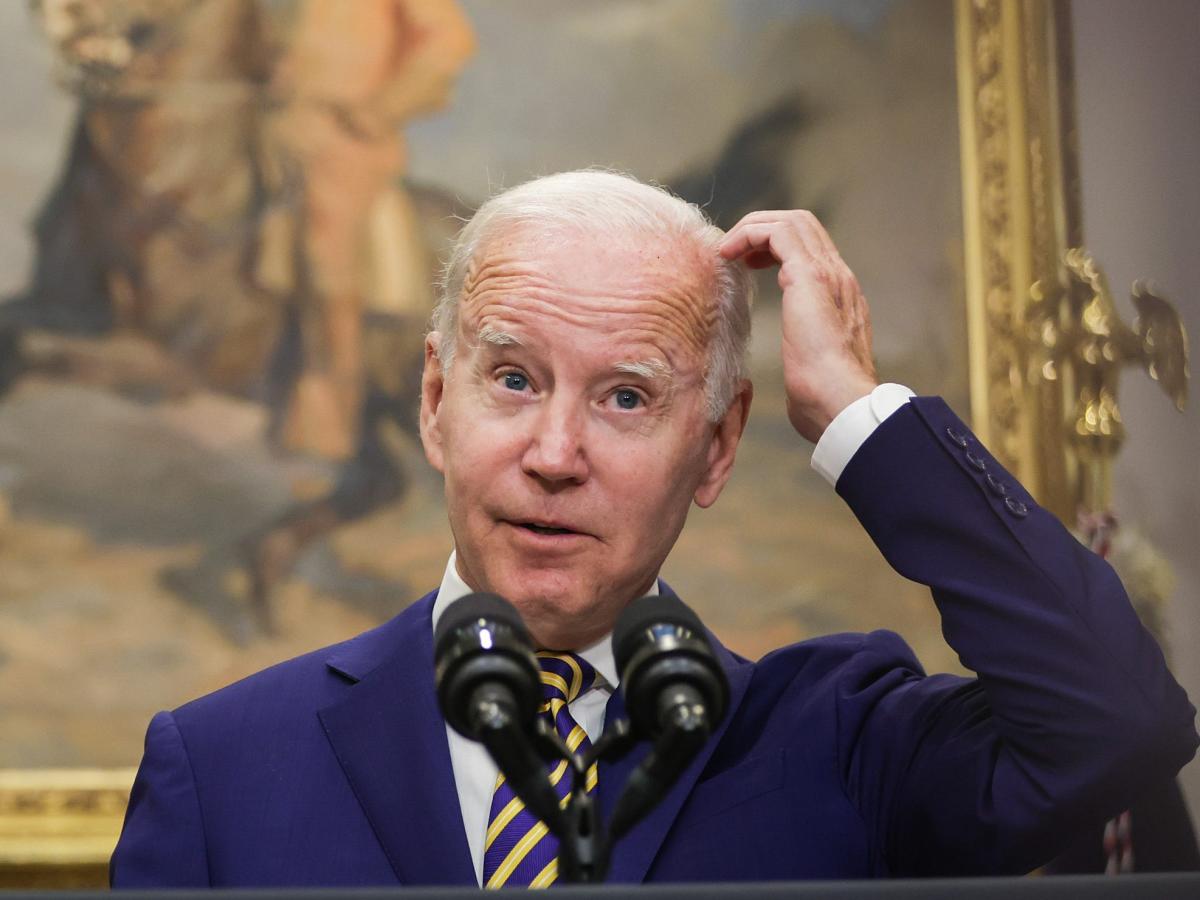-
The US’s ballooning debt burden is sparking concern on Wall Street.
-
The country is one of just 21 worldwide whose debt-to-GDP ratio exceeds 100%.
-
Concerns about deteriorating public finances have contributed to a meltdown in Treasury-bond prices the past few weeks.
The Treasury-bond rout that’s rattled US markets this month is forcing investors to zero in on the government’s spiraling debt.
The accelerated increase in America’s indebtedness has already sparked concern for investors in 2023, with lawmakers only narrowly avoiding a catastrophic default in June thanks to President Joe Biden and then-House Speaker Kevin McCarthy brokering an 11th-hour deal to raise the federal borrowing limit.
Now, some of Wall Street’s best-known names are raising the possibility that so-called “bond vigilantes” – who dump fixed-income assets in a bid to stymie what they see as imprudent policymaking – have helped fuel the meltdown in Treasurys that’s driven benchmark yields to 16-year highs.
These four charts show why the US’s massive debt burden is a source of concern, and how it’s already impacting markets.
The US debt mountain keeps growing
Since the end of the Second World War, the government has borrowed more and more money to fund its spending programs.
According to historical Treasury Department data, national debt has ballooned from under $300 billion in June 1946 to a staggering $33 trillion by September 2023 – meaning the US’s liabilities now dwarf the size of the Chinese, Japanese, German, Indian, and British economies combined.
Reagan-Bush era tax cuts, the massive increase in size of the Treasury-bond market, and flash points like the invasion of Iraq and the 2008 financial crisis have all contributed to the huge run-up in debt, according to economists.
The government’s ever-growing repayment obligations have also opened up a divide in Washington, with high-profile, hard-right Republicans like Florida governor Ron DeSantis and Rep. Matt Gaetz speaking out against May’s compromise on the debt ceiling and opposing the Biden administration’s student-loan relief efforts.
The US’s debt-to-GDP ratio has passed a key threshold
It’s not just the top-line amount of debt that’s gone up over the past few decades.
The deficit level relative to the overall size of the US economy, as measured by the country’s debt-to-GDP ratio, has also ticked up steadily since 2000 and passed 100% for the first time in 2019, according to data from the International Monetary Fund.
That threshold marks the point where a country might have to start worrying about its budget deficit dragging on overall growth, according to Capital Group economist Darrell Spence.
“Will there instantly be problems when debt outstanding surpasses 100% of GDP? Probably not… That said, US debt dynamics are evolving in a way that requires attention,” he wrote in a research note last week, warning that taking on more debt could force the government to raise taxes, fuel further bond sell-offs, and lead to higher interest rates.
The US is one of just 21 countries worldwide where the size of the deficit exceeds total GDP, per IMF data – putting it on a list of economies that includes Greece, Sri Lanka, and war-torn Sudan.
Meanwhile, the US’s debt-to-GDP ratio has also risen at a faster rate than most of the G7 economies over the past two decades. Italy and Japan are the only two members of the group whose governments hold more debt relative to their total GDP.
‘Bond vigilantes’ could be fueling the Treasury-market meltdown
There’s still a debate ongoing as to whether any of this actually matters.
For some, the US government can just carry on racking up as much debt as it likes, safe in its knowledge that it’ll be shielded by the economy’s status as the world’s largest and the dollar‘s position as the global reserve currency.
But the events of the past few weeks have suggested that investors’ faith that the US will always pay its debts might be waning.
The price of Treasurys has collapsed in one of the worst routs in market history, sending yields on 10-year notes and 30-year bonds soaring above 5% for the first time since 2007.
Investors’ fear that the Federal Reserve will keep borrowing costs high well into 2024 in a bid to kill off inflation have driven the sell-off – because when interest rates are higher, bonds’ low-risk but fixed returns become less appetizing.
But some on Wall Street believe the market meltdown is also being driven by bond vigilantes, activist traders who try to tank Treasury prices in a bid to encourage Congress to reform its borrowing habits.
“Ever since the government debt was downgraded on August 1, people have been focusing on the deficit issue,” veteran analyst Ed Yardeni, who coined the vigilantes term in the 1980s, said in September.
“I think we’re going to have a real problem, and my friends, the bond vigilantes, may need to come into force to convince politicians we’ve got to do something more fundamental about reducing the long-term outlook for the deficit,” he added.
PIMCO co-founder Bill Gross, a so-called “bond king” who’s made billions of dollars trading the asset class, is also backing the vigilante hypothesis, saying earlier this month that a group of retail traders had likely held the market captive and driven yields toward 5%.
If debt can contributed to a period of such trouble for the market, it’s a sign investors should be worried – and with the deficit expected to carry on rising by trillions of dollars a year, don’t expect Wall Street to stop fretting anytime soon.
Read the original article on Business Insider

Jessica Roberts is a seasoned business writer who deciphers the intricacies of the corporate world. With a focus on finance and entrepreneurship, she provides readers with valuable insights into market trends, startup innovations, and economic developments.







.png)